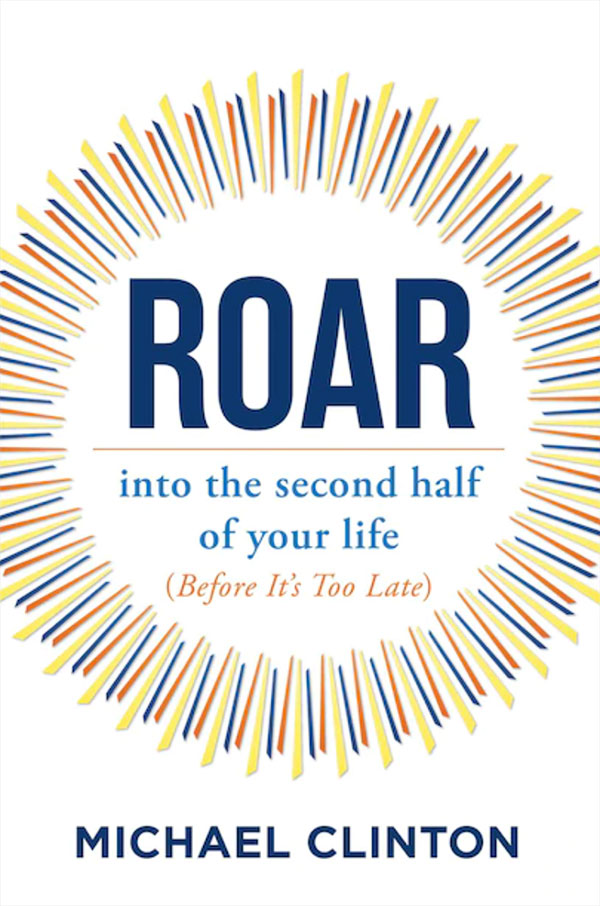Second Act: How to Maximize Life’s Later Chapters

Outdated conceptions about older workers have nothing to do with current realities in which we are living longer and healthier lives. Photo: Klaus Vedfelt/GettyImages
Think for a moment about all the stereotypes of older workers.
Michael Clinton has a suggestion for you: Blow those stereotypes up.
The former president and publishing director of Hearst Magazines is finished with outdated conceptions that might have applied back in the 1950s, but have nothing to do with current realities in which we are living longer and healthier lives.
That is why he penned the new book Roar: Into the Second Half of Your Life (Before It’s Too Late). Clinton talked with Reuters about making life’s second half as fruitful, or more so, than the first.

Q: Why did you feel this book needed to be written?
A: If you are 60 and healthy these days, you have a good shot of living another 30 years. So you have a real opportunity to have a second career, or a new lifestyle, or new relationships. But a lot of people are lost in figuring out how to get there and how to do that.
Q: Did COVID-19 affect this debate, about how to get the most out of life’s second half?
A: When the pandemic hit, all of a sudden everybody was rethinking everything – jobs, careers, partners, where they lived. The pandemic has created a sense of urgency to address the issues in life you really want to change.
Q: Everyone is talking about workplace diversity these days – and that can mean not just race or gender, but age. Are companies starting to recognize that?
A: Unfortunately, no. Less than half of companies incorporate age as a diversity issue. But regardless of things like race, gender or politics, we all are going to have the universal experience of aging.
We live in a culture that is inherently ageist, and this is a big issue we have all got to battle against.
Q: For people who are thinking about a mid-career pivot, what advice would you have?
A: It takes a year-plus to go through that process. It needs to be well thought-out. Do your homework about what it is you want to do, and all the building blocks you will need to get there.
The biggest issue is that people just don’t put in the time. Then if you are ever displaced or pushed out, you haven’t thought through what your Plan B is going to look like.
Q: Many startup entrepreneurs are actually in their 40s or older – is that one way to chart your own path?
A: Absolutely. Over the next 20 years, there will be the largest transfer of generational wealth in the history of the world, with over $61 trillion going to Millennials and Gen X. What that says is that there will be a lot of resources and capital and assets to tap in to, to start a new business and create your own next step.
Q: One suggestion you have is for people to write their own eulogy or obituary. Why?
A: Think of yourself at age 90 — and then work backwards. What is it you will want to have accomplished, in all aspects of life? What is it you want to be known for, and leave as your imprint on your family and your community? That way, when your obituary is eventually written, you will have fulfilled what really mattered to you.
Q: You are going through all this right now, so how are you reimagining your own life?
A: One of the big prescriptives of the book is something I call “life layering” — each decade of your life, add another layer of interest. For me it has been things like adventure travel, and creativity and philanthropy.
The next thing for me is doing entrepreneurial things: “Roar” has an opportunity to become a platform, for people moving into the second half of life. It could become a whole enterprise.
(Reporting by Chris Taylor in New York; Editing by Lauren Young and Matthew Lewis)
RELATED:
Q&A With Gordon Pape: What Will Happen to Blue-Chip Stocks During the 4th Wave?